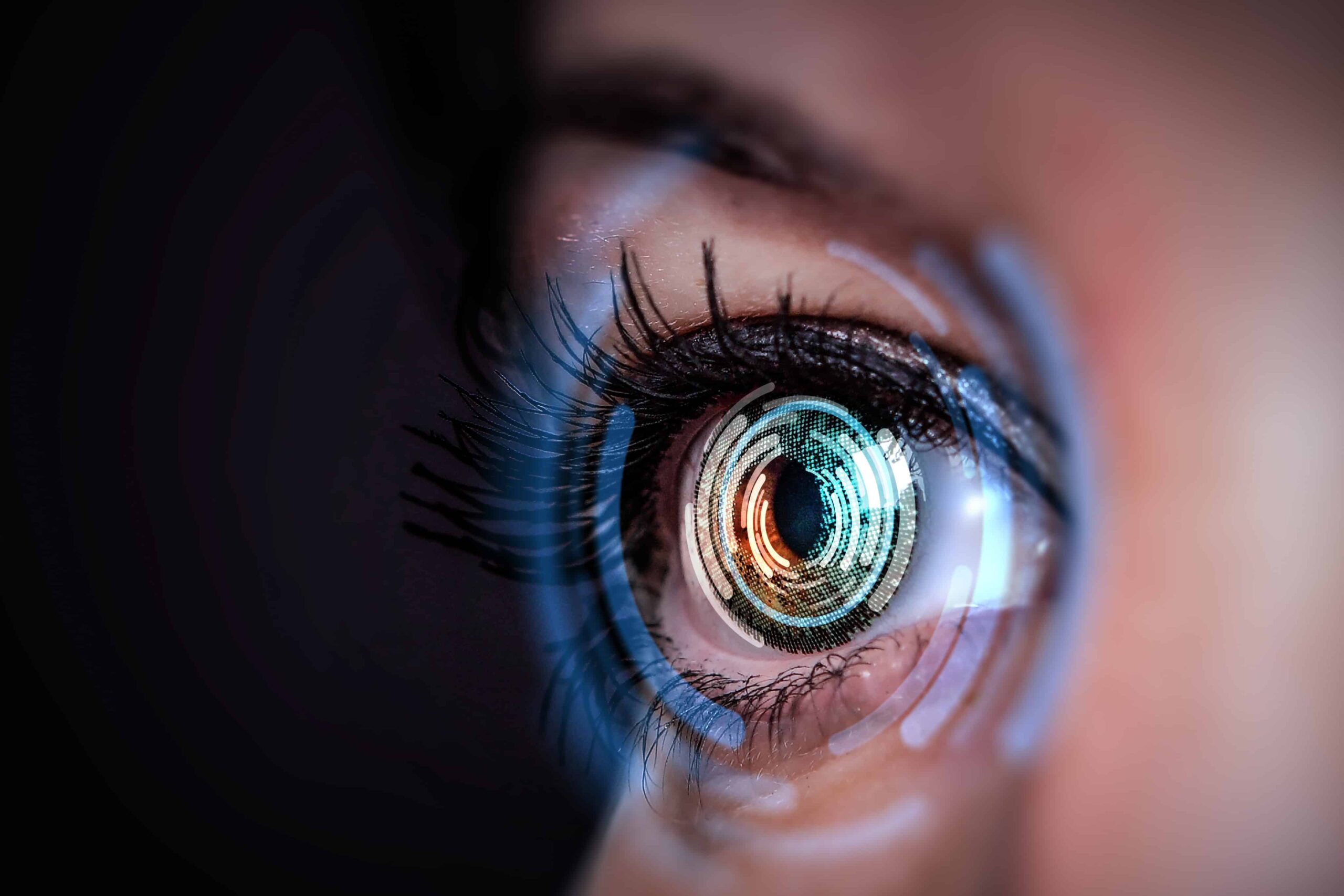
Cops may soon be able to scan your eyeballs to see if you’re driving stoned
A Montana-based company called Gaize has created a device that can scan a user’s eye and use crazy futuristic robotic intelligence to detect THC impairment.
According to company founder Ken Fichtler, US law enforcement agencies have already agreed to use the technology, but he could not specify which ones.
“I will precede all of this by saying that I am pro-cannabis. I support cannabis legalization. I’m doing this because I see a clear need at the federal level to have an impairment detection product so we can keep the streets safe,” Fichtler said.
The device resembles a kind of virtual reality headset that a police officer would hypothetically put on a driver suspected of smoking reefer containers. It enshrouds the suspect in darkness for a few moments before emitting a bright light to electronically scan the movement of the suspect’s eyeballs.
“The eyes are the window to the soul. The eyes offer a remarkably clear picture into a person’s state of mind. They are full of involuntary micro-movements and reflex responses that convey information about a person’s impairment or sobriety,” reads Gaize’s website.
According to Fichtler, the scan can’t be used as evidence in court, much like a traditional breathalyzer, but law enforcement officers can use it in the field if they suspect someone is high, to eliminate their own bias or take it out of the equation entirely. Gaize can’t yet quantify impairment like a traditional breathalyzer does, but it can essentially indicate if the person is so intoxicated that their eye responds to stimuli differently than they normally would.
“You can’t just measure THC and say, ‘Yeah, okay, this guy’s high because he’s got five nanograms of THC in his body,’ right? It’s just not possible,” said Fichtler. “We actually measure directly how an impairment manifests itself in the body, which I think is a much more rational, measured and fair way forward.”
Fichtler said the test is based on several different studies spanning the past 40 years, including a 350-participant clinical study conducted by Gaize itself. A cursory search for “how cannabis affects eye movement” actually reveals several peer-reviewed studies on the subject, dating back at least to 1979. As with most scientific studies, there is a lot of room for misinterpretation or error, but try the best I could find not much to dispute the science behind this technology. Turns out, eyeballs are just dirty little snitches that stoners sell at every turn.
“There’s a lot of change happening, and a lot of it happening on a scale that a human couldn’t necessarily see unless they looked really closely or even used a magnifying glass or something. Our product is sensitive enough that we can see these really tiny changes,” said Fichtler.
Fichtler has pointed out that Gaize will not haphazardly sell the technology to use for nefarious purposes, but if you have a dangerous job or want to get high on your morning commute, you might find yourself in the bright Light of a gaize rigid headphones soon.
Fichtler couldn’t give High Times an estimated date when law enforcement agencies might begin rolling out these headsets, but for what it’s worth, he seemed to be speaking in the voice of a man who’d signed one or more non-disclosure agreements rather than a man , waiting for orders to come in.
“It’s being evaluated by some really high-profile departments,” Fichtler said. “They haven’t all adopted it yet, but some have. I’m hoping that maybe in a few years this is kind of standard practice.”

Post a comment: